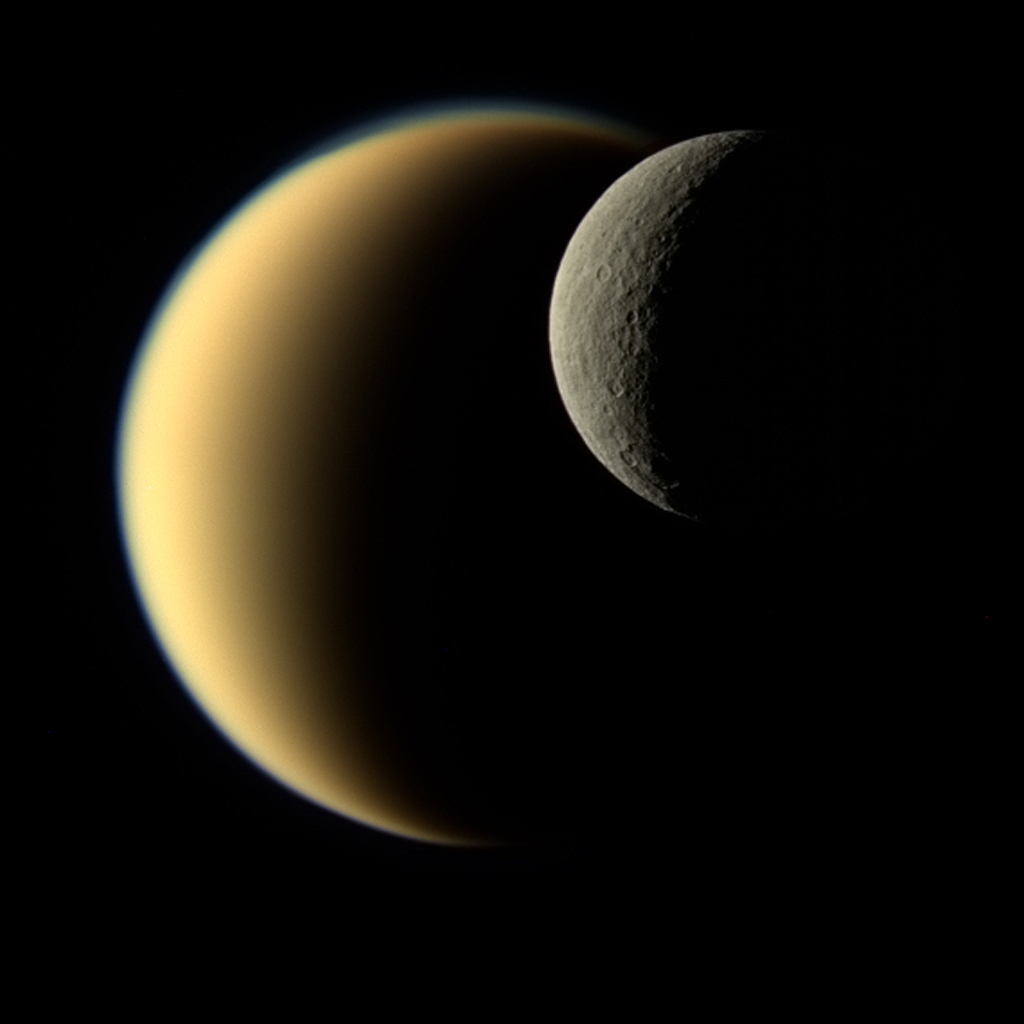
 |
| Image Credit: NASA/JPL-Caltech/Space Science Institute |
This natural color image was taken in visible light with the Cassini narrow-angle camera on Nov. 19, 2009, at a distance of approximately 713,300 miles (1,148,000 kilometers) from Rhea.
The Cassini spacecraft ended its mission on Sept. 15, 2017.
The Cassini mission is a cooperative project of NASA, ESA (the European Space Agency) and the Italian Space Agency. The Jet Propulsion Laboratory, a division of the California Institute of Technology in Pasadena, manages the mission for NASA's Science Mission Directorate, Washington. The Cassini orbiter and its two onboard cameras were designed, developed and assembled at JPL. The imaging operations center is based at the Space Science Institute in Boulder, Colorado.
Source: NASA/JPL





No comments:
Post a Comment